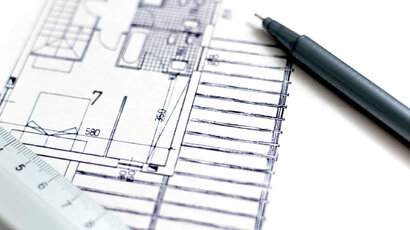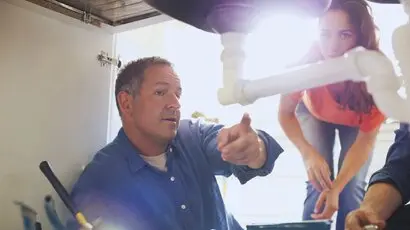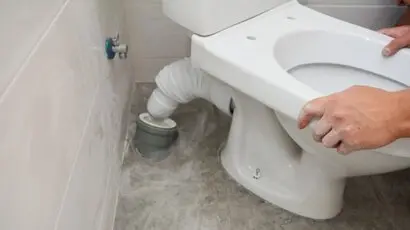What Is Green Plumbing?
Looking to go green with your plumbing system? Learn what approaches you can take to help reduce your impact on the environment and increase sustainability.
A plumbing system is essential to modern-day living. It allows us to access clean water and dispose of waste properly.
But, have you ever thought about how your current plumbing might not be the most eco-friendly? It could be wasting water, using too much energy, and even causing pollution. If you’re looking to make a change and use water more sustainably, you’ve come to the right spot for doing your bit for future generations!
This informative read will explore the most effective ways to go green with your plumbing. But before that, let’s get back to basics.
Green plumbing, or ecological plumbing, is all about adopting practices and technologies that lessen the environmental footprint of plumbing systems. This involves using less water, choosing sustainable materials, and making sure leaks are a thing of the past. Check our guide on preventing leaks to get started!
Some standard green plumbing techniques include installing low-flow showerheads, toilets, water storage tanks, etc., employing rainwater harvesting systems, using energy-saving water heaters, and opting for recycled pipes and fixtures. As such, green plumbing not only helps conserve natural resources and lead a more environmentally friendly life but also helps save money on water and electricity bills.

Low-flow showerheads are highly effective in decreasing the amount of water used during a shower. They help restrict water flow while maintaining or even enhancing the shower experience. Switching to low-flow showerheads conserves water and reduces one’s carbon footprint.
There’s a variety of low-flow showerheads that aim to enhance your shower time. Some stick to classic water flow restrictions, while others get a bit fancy with techniques like laminar flow, aerated streams, pause modes, or even power massages. It’s a game-changer for eco-conscious shower lovers!
Feel free to consult a green plumber from WP Plumbing to determine the best option!
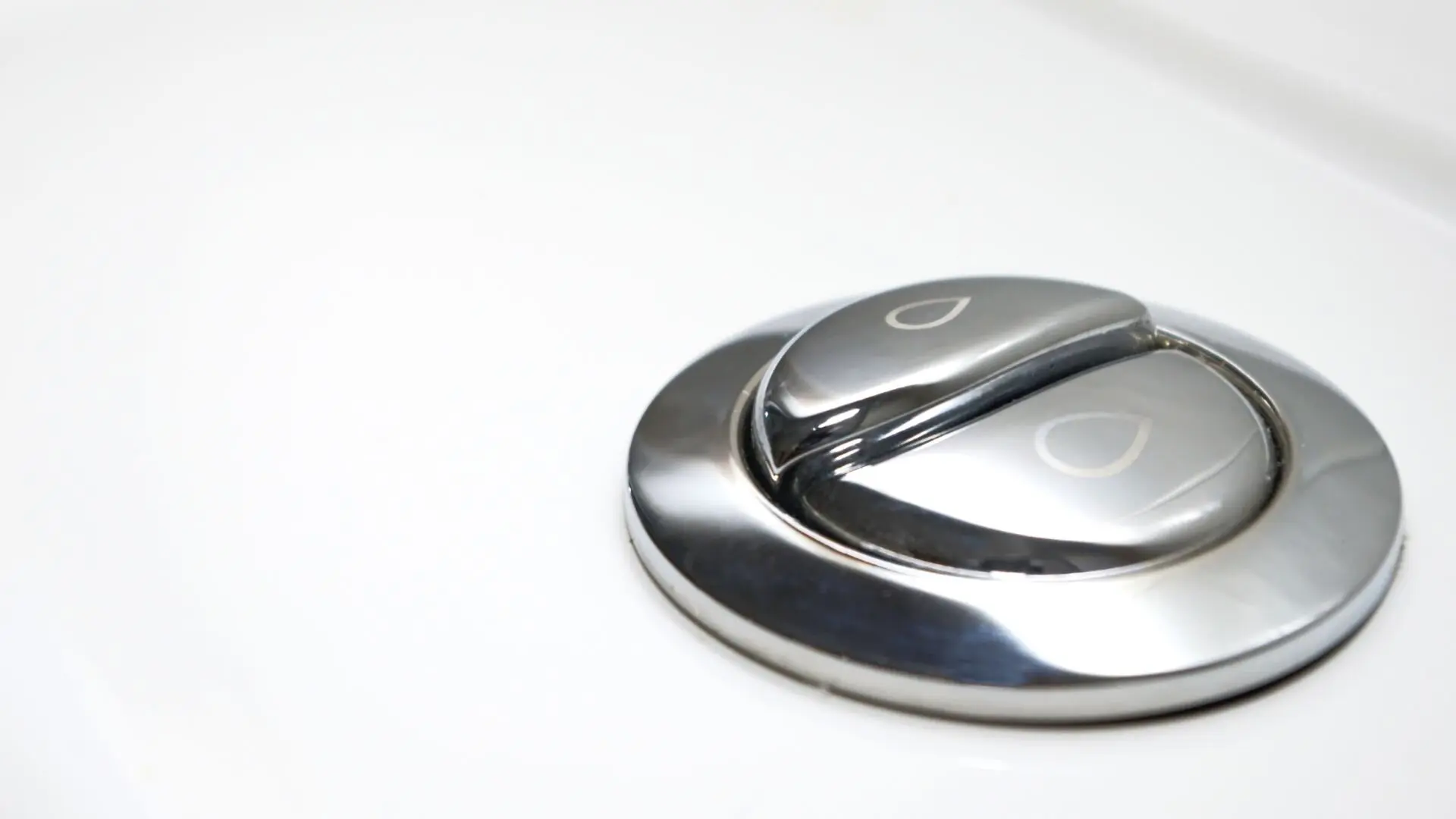
When we flush the toilet, we waste a significant amount of valuable tap water. Now that people have realised the importance of protecting and conserving our water sources, low-flow toilets have become all the rage.
Low-flow toilets are a great choice, using just half the water of traditional models. Not only do they help conserve precious resources, but they also cut down your utility bills, making it easier to embrace a greener lifestyle.
In addition, switching to a low-flow toilet may qualify you for government energy-efficient rebates.
Since Australia follows the Water Efficiency Labelling Standards (WELS) scheme, it is essential to note the energy efficiency rating when purchasing plumbing fixtures. We suggest opting for at least a 3-star rated product. Also, inquire about the various rebate options to maximise your cost savings.

Also known as instantaneous or demand-type water heaters, these units are highly efficient in reducing water and energy consumption. Unlike conventional water heaters that store water in a tank, tankless water heaters only heat water when someone turns on the hot water tap.
So, a tankless water heater provides hot water almost instantly, and there is no need to wait for the water to warm up. Depending on the household’s water consumption, a tankless water heater can reduce water and energy usage by 24-34%.
Thanks to their efficient design, tankless water heaters provide a consistent supply of hot water, minimising waste. Plus, they last longer than traditional models—up to 20 years or more! Check out more on their longevity here.
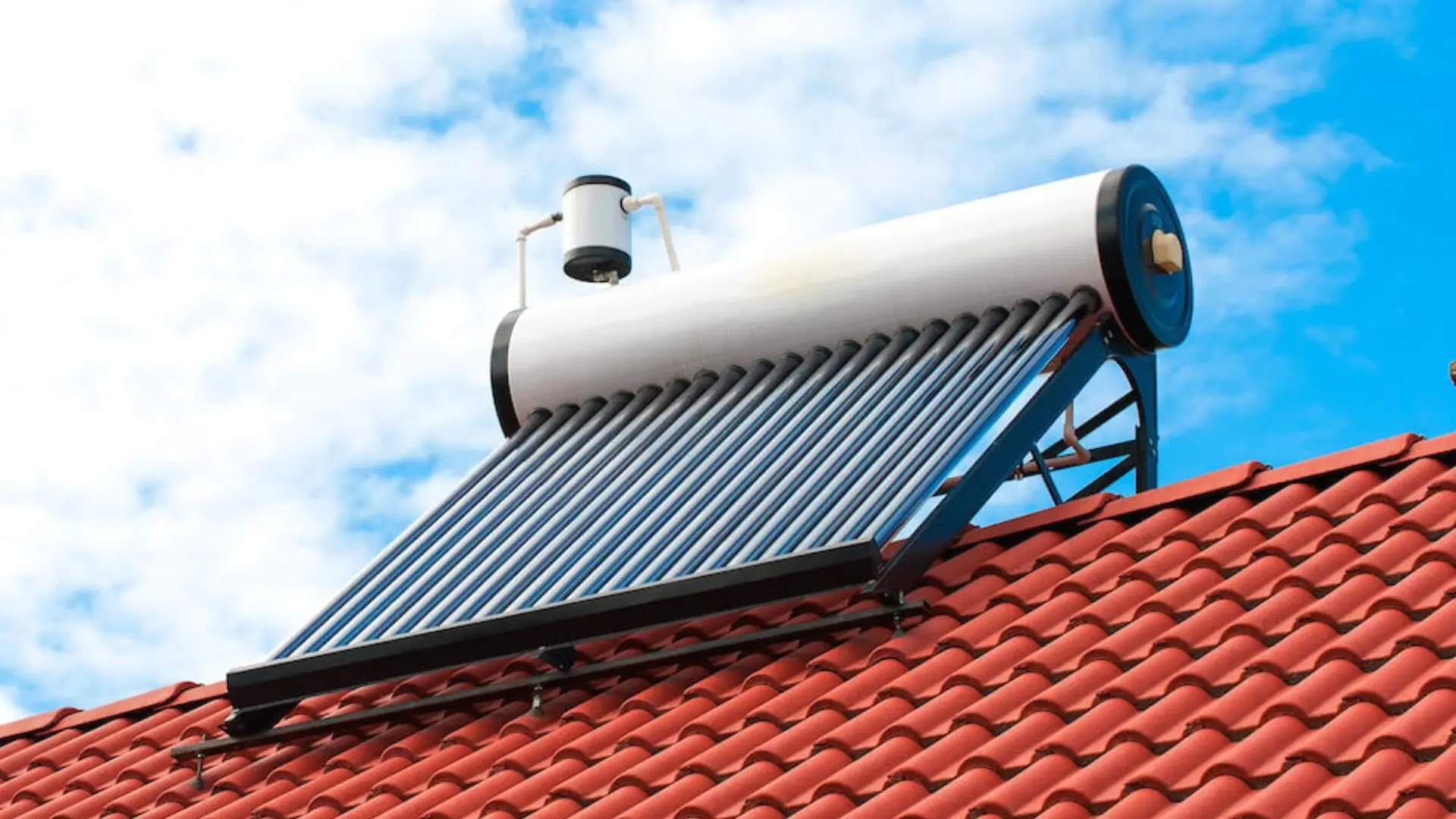
The Australia Institute Climate of the Nation Report 2019 reveals that a significant percentage of young Australians, including 83% of 18-34-year-olds, are worried about climate change. They are also more concerned about climate change leading to more droughts and flooding. As such, we can collectively reduce our carbon footprint by switching to solar energy.
Doing so can significantly reduce carbon emissions and help lead a more sustainable lifestyle. Solar hot water uses the sun’s energy to heat the water, which can be stored for later use. The water in the solar collectors is heated by the sun, causing it to rise and flow through an insulated pipe into a storage tank.
By using solar hot water, homeowners can enjoy hot water for their daily activities, such as showering and washing, while reducing their carbon footprint. Switching to solar hot water systems from gas or electric water heaters can save more than 50% of energy.
Greywater, the used water from sinks, showers, and washing machines, isn’t just waste! It can be repurposed for things like flushing toilets or watering plants. By installing a greywater system, you can seriously cut down on water usage and ease the burden on sewage treatment plants. Talk about doing your part for the environment!
Greywater systems can be simple or complex, depending on the type of system installed. Simple systems include a collection tank and a gravity-fed distribution system, while more complex systems include pumps and filtration systems.
When it comes to green plumbing, saving energy and water are crucial. Exciting new solutions are constantly being developed to make their use, storage, and distribution more efficient. It’s all about finding smarter ways to conserve and protect our resources!
Contact WP Plumbing today to reap the benefits of cost-efficient and energy-saving plumbing solutions. Our experienced plumbers will offer the best green plumbing products and services at the most affordable rates. From fixing water-saving taps in your bathroom to installing a rainwater tank on your roof, we will help you do your bit for the environment!
Know the complexities of renovating your plumbing system. You will learn everything you need to know to make informed decisions, from identifying issues to selecting the right materials.
Regular plumbing maintenance is essential to keep your home’s plumbing system running smoothly and avoid costly repairs. This blog offers expert advice, practical tips, and a step-by-step guide to help you implement preventative plumbing maintenance.
Do you know what the purpose of a toilet flange is? Understanding your plumbing system is crucial to maintaining it. Learn about how your toilet works in our guide!
